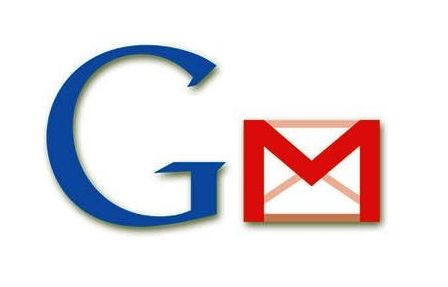Google has tweaked its Gmail app for iPhones and iPads that emphasises the ongoing hostility between the two companies.
The changes now allow users to select Google default apps for viewing videos and maps or to surf the Web, rather than using Apple’s built-in apps.
Google Defaults
For iOS users, that means that they won’t be automatically locked in to using the Apple apps if they select the new Google default apps in the Gmail application on their devices. That may not be ground-breaking, but it is apparently a move by Google to continue to inch its way further inside Apple’s popular devices and gain more control over user behaviors with those devices.
 The changes were revealed in the 6 May release notes for the new Gmail app, Version 2.2.7182, for iOS, which is listed in the iTunes store.
The changes were revealed in the 6 May release notes for the new Gmail app, Version 2.2.7182, for iOS, which is listed in the iTunes store.
With the new version, “YouTube, Google Maps and Chrome links go directly to the app instead of the mobile web,” according to the post. Previously, iOS users who sought such links got to them through a browser inside Gmail. The new Gmail default settings can be turned off in the in-app settings, according to Google.
The new version of the iOS Gmail app also enables a user to sign out of a single account at a time, instead of having to sign out of all accounts at once. Users can switch between up to five accounts.
The new app, which is compatible with iPhone, iPad and iPod Touch, requires iOS 5 or later and is optimised for iPhone 5, according to Google.
Google’s move to bring its services deeper into Apple’s iOS is perhaps part of an ongoing rivalry that peaked in 2012 when Apple dropped the Google Maps app from its default apps in its iOS 6 release last September. That move was announced last May when Apple said it would drop the native Google Maps app that had been part of iOS since the arrival of the first iPhones so that the company could introduce its own maps app.
The arrival of the Apple Maps app in iOS 6, however, was a disaster for the company in September 2012 when it was met with many complaints and criticisms from users who bashed its lack of accuracy and geographic details. The public relations problem was so bad at the time that Apple CEO Tim Cook even offered a public apology for the problems and vowed that they would eventually be resolved.
App Changes
Google, of course, didn’t sit on the sidelines during Apple’s debacle. It rushed its own stand-alone Google Maps app for iOS into production, releasing it through the Apple App Store last December. The app hit the 10 million download mark in the first 48 hours that it became available.
Some iOS 5 users never even upgraded to iOS 6 when it was released because they knew that they’d lose access to the native built-in Google Maps app that was missing until the release of the latest Google maps app.
In March, Google unveiled its new Google+ apps for iPhones and iPads, adding several improved features for photos, posts, user profiles and user communities.
In February, Google+ unveiled app improvements that made it easier for users to access their other online iOS and Android apps more seamlessly and quickly through a new Google+ sign-in feature that allows users to tie their Google+ sign-in process to the sign-in processes for their most-used non-Google apps on their desktops or mobile devices. The new feature allows users who sign in to Gmail, YouTube or any other Google service to use their existing credentials to sign in to apps outside of Google, which speeds things up for users. The improved sign-in process also makes it easier for users who access Web-based and mobile versions of the same app.
In April, Gmail celebrated its 9th birthday, having begun service on 1 April, 2004.
Do you know all of Google’s secrets? Find out with our quiz!
Originally published on eWeek.




